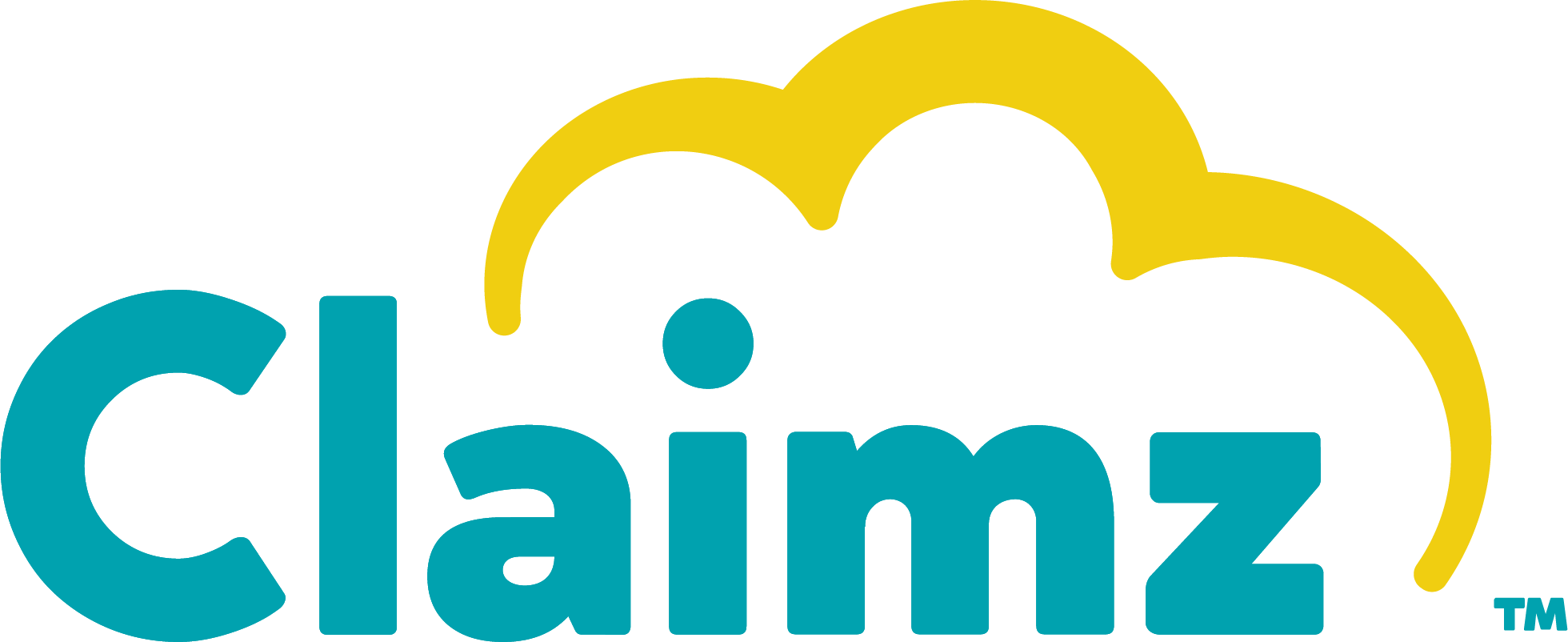Spiking electricity costs are set to increase the overall cost of powering your home’s electric heater by hundreds of dollars.
With recent floods, increasing wholesale energy prices and other unique factors that continue to drive up costs for energy retailers, households across Australia are bound to experience steep electricity hikes during this winter.
It’s not yet clear how costly electricity will become, but considering how energy regulators have upped their safety-net prices in recent days, it’s almost obvious that retailers will start hiking their prices by July 1 once the offers are rolled out into the market.
When it comes to wintrier states like Victoria, a few more cents per kilowatt of power count given that you have to heat your home to keep warm during winter.
As such, 20 cents per kilowatt hour usage rate can be ideal for a home in Victoria for now, though this kind of rate might become rare in coming months.
By July 1, rates of approximately 25 cents per kilowatt might be possible.
Comparison figures shared by Canstar Blue revealed that it would cost about $693.75 per year to power a portable air conditioner designed to heat a small-to-medium sized space if the usage rate is raised to 25 cents per kilowatt hour.
This compares with an average of $555 annually, for a usage rate of 20 cents per kilowatt hour.
In the same way, heating a smaller room installed with a single-split heat pump with a reverse cycle will cost $295.25 as compared to $236.20 if the power consumption rates are hiked by 5c/kWh.
Cooking dinner is set to become costly too, increasing from a 20c/kWh to a high of 25c/kWh usage rate; an additional of about $5-20 to the overall cost of powering an electric oven in just 13 weeks. Of course, this is pegged on how often you use your oven.
According to energy experts, there are several ways in which you can save energy during this winter.
- Set the heater on the lowest point that you can
- Always close all doors and windows to ensure available heat is trapped in
- Use a low-set reverse-direction ceiling fan to enhance the effectiveness of your heating
- Avoid leaving the heater on when not in use
- Place rugs on tiles or floorboards to help improve the warmth within the room
- Appliances not in use should be switched off from the wall
- If possible, get a door runner to help prevent draughts
- Keep warm as much as possible—don’t hesitate to throw on some extra layers of clothing on including gloves, scarf, socks etc.
In conclusion, don’t forget to shop around for better deals or offers to help you save on your energy costs. Now could be the perfect time to call your energy retailer and ask for a better deal.
The Australian Energy Regulator recently revealed that the average Australian household could save up to $443 annually or about 24 percent on their electricity costs by simply taking time to compare and switch their energy plans.
Smart households in Australia can make the most of existing energy subsidies and rebates by state and territory governments to reduce their cost of energy.
For instance, NSW households struggling to pay their electricity bills could qualify for up to $1,600 worth of rebates offered by the state government.



3 Comments
Riva Collins
It’s no secret that the digital industry is booming. From exciting startups to need ghor
global and brands, companies are reaching out.
Obila Doe
It’s no secret that the digital industry is booming. From exciting startups to need ghor hmiu
global and brands, companies are reaching out.
Riva Collins
It’s no secret that the digital industry is booming. From exciting startups to need ghor hmiu global and brands, companies are reaching out.